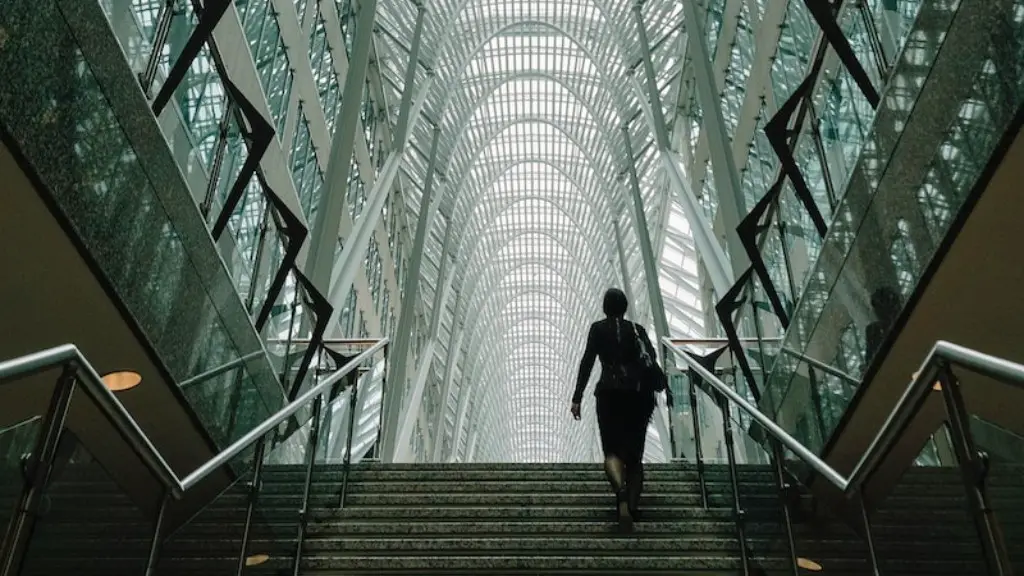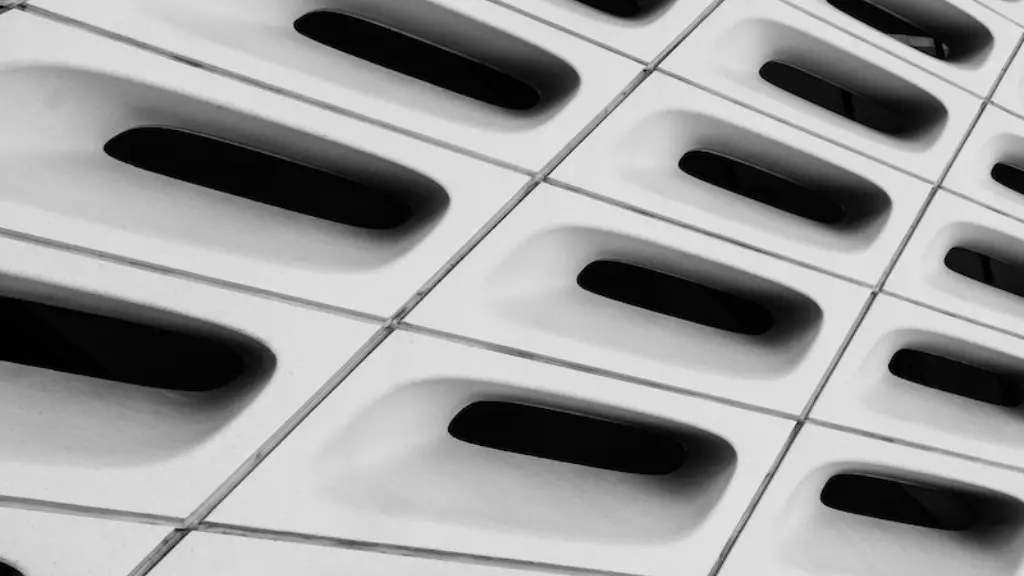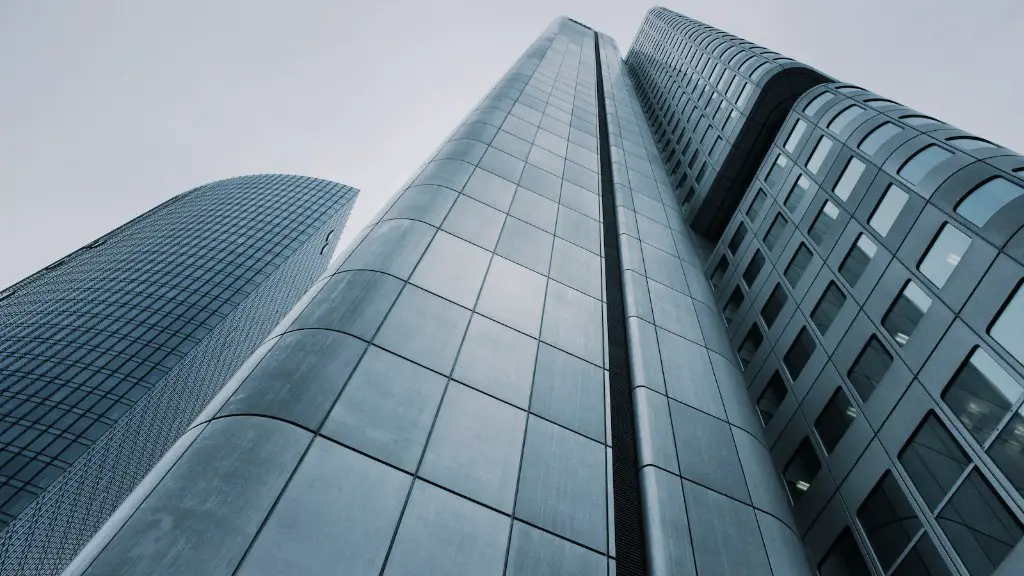Are you interested in green architecture and why it is important? Green architecture is a critical element in our society for many reasons. As the name implies, green architecture is a form of construction and building design that focuses on reducing the negative environmental impact of construction. In other words, green architecture is about being resource-efficient and environmentally responsible in our use of energy, water, materials, and land. There are many tangible benefits to green architecture and building sustainable communities, from cost savings to energy independence. In this article, I will explain why green architecture is important and examine the key elements of green architecture.
Green architecture is an important part of a sustainable planet. Buildings account for 40% of the world’s total energy consumption and produce 30% of total emissions. Green architecture embraces sustainability by reducing energy consumption, water consumption and minimizing waste. In addition, green architecture is also beneficial to the health and comfort of occupants. By using natural daylight and fresh air, using materials with minimal environmental impact and reducing interior pollutant levels, green architecture is designed to improve air quality, reduce noise pollution and create an overall healthier environment.
Green architecture also makes use of renewable technologies and energy sources. By using renewable energy sources, such as solar, wind, geothermal and hydropower, green architecture helps to reduce reliance on finite sources of energy, such as oil and gas. This, in turn, reduces the amount of carbon dioxide and other gases released into the atmosphere. This can help reduce the effects of global warming and other detrimental environmental impacts related to traditional energy sources.
In addition to its environmental benefits, green architecture also offers cost savings. As the cost of energy continues to rise, Green architecture can offer homeowners and businesses the ability to reduce their energy consumption and, therefore, their electricity costs. Investing in renewable energy and green building technologies can also lead to tax rebates, reducing the cost of the initial investment. This, in turn, can result in greater savings over time.
The final benefit of green architecture is its ability to create vibrant, livable communities. By minimizing the energy and material used in construction, green architecture can help reduce the size of a project’s “footprint”, allowing for a larger area of open space for public use or private green space. Green architecture is also designed to be aesthetically pleasing, providing an attractive environment that draws people in. This can help create a strong sense of community.
The Benefits of Green Design
Green design is an important part of green architecture. Green design strives to minimize the environmental impact of a project before construction ever begins. This includes choosing appropriate sites, preserving existing vegetation and soils, maximizing natural light and cooling, using recycled and renewable resources, reducing the use of energy, water and materials, and preserving the local environment. Green design is also important for reducing construction costs, as it enables design teams to identify and address potentially costly problems before construction starts.
Green Architecture and Sustainable Communities
Green architecture and green design are also essential components of a sustainable community. Sustainable communities are designed to reduce energy and resources use, generate less waste and pollution, and provide a healthier living environment for the community’s residents. Green architecture and green design help to create these sustainable communities by increasing energy efficiency, reducing the use of resources, preserving natural habitats, and connecting people and nature.
The Challenges of Green Architecture
While green architecture and green design can have tremendous benefits, there are still challenges that must be addressed. One of the biggest challenges is the cost associated with green construction. Green architecture and green design require more up front costs than traditional construction, as they involve the use of advanced technologies and materials. Additionally, green building codes may be more stringent than traditional codes, leading to increased costs.
Green Architecture and the Future
Despite the challenges, green architecture and green design hold great potential. As the benefits become more widely known, more people and businesses are beginning to embrace green construction. Advances in technology and materials are also reducing the cost of green construction, making it more accessible to more people. It is my hope that green architecture and green design will become the norm in the future.


